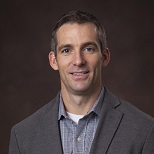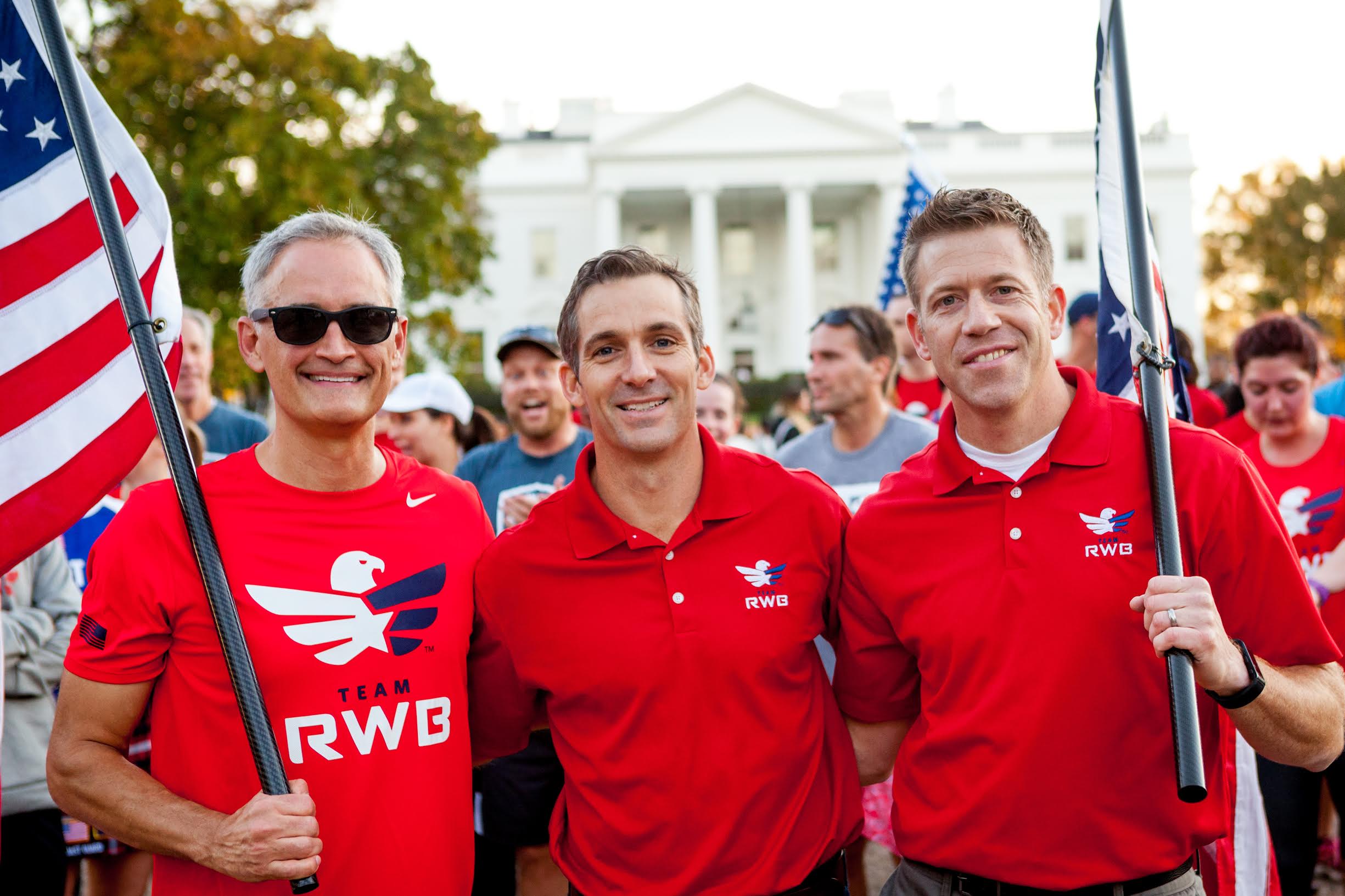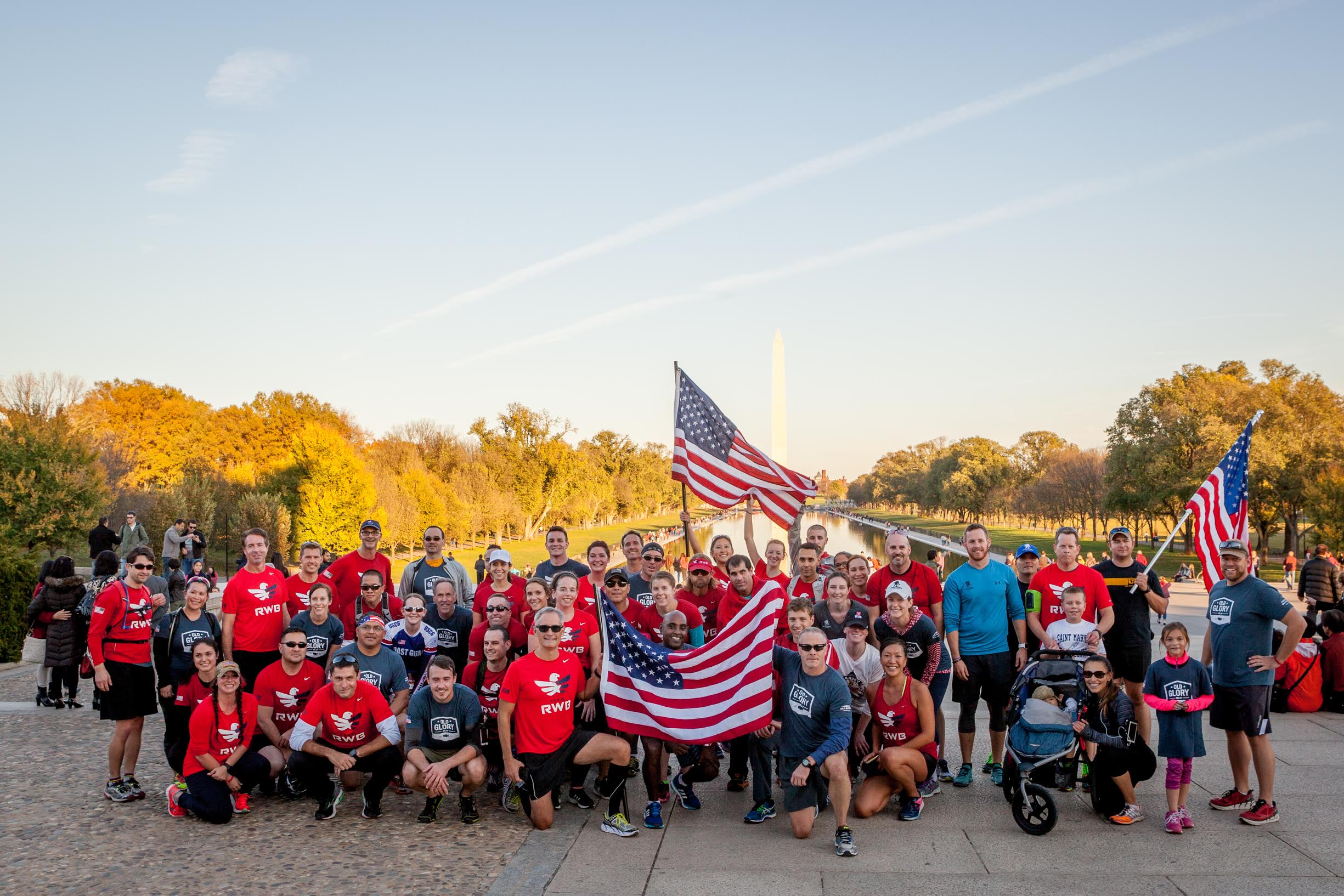 Special to the Philanthropy Journal
Special to the Philanthropy Journal
By Blayne Smith
Creating social good is difficult. And not only is it hard to combat poverty, hunger, disease, and disasters, it is can also be hard to know if our work is, well, working. Anybody that is seriously involved in philanthropy or nonprofits will tell you that we absolutely must be able to measure the impact of our efforts. However, in the absence of profits, measuring and demonstrating effectiveness can be tricky.
 At Team Red, White, and Blue, our mission is to enrich the lives of America’s Veterans by connecting them to their community through physical and social activity. That’s a tall order, to enrich lives. And, how would we know if a life had been enriched? To start, we needed to define, at least for our purposes, what a rich life consists of. After significant study and consideration, we settled on three major components. We call it our “Enrichment Equation”: Enrichment = Health + People + Purpose. There are certainly additional factors that contribute to overall wellness or life satisfaction, but we chose to focus on these. We feel that they represent the “base of the pyramid” upon which a rich life is built. Perhaps more importantly, we believe our programs can generate meaningful and measurable improvement across these three dimensions.
At Team Red, White, and Blue, our mission is to enrich the lives of America’s Veterans by connecting them to their community through physical and social activity. That’s a tall order, to enrich lives. And, how would we know if a life had been enriched? To start, we needed to define, at least for our purposes, what a rich life consists of. After significant study and consideration, we settled on three major components. We call it our “Enrichment Equation”: Enrichment = Health + People + Purpose. There are certainly additional factors that contribute to overall wellness or life satisfaction, but we chose to focus on these. We feel that they represent the “base of the pyramid” upon which a rich life is built. Perhaps more importantly, we believe our programs can generate meaningful and measurable improvement across these three dimensions.
 We’ve been serious about metrics from our very early days. Our initial efforts were pretty basic and focused mainly on program outputs like the number of events, participation rates, and membership growth. Given that our goal is to facilitate local, consistent, and inclusive activities that allow our members to connect in positive ways, outputs metrics seemed like a good place to start. These early and simple metrics told us that our programs were efficiently generating high levels of activity and interaction, which was great.
We’ve been serious about metrics from our very early days. Our initial efforts were pretty basic and focused mainly on program outputs like the number of events, participation rates, and membership growth. Given that our goal is to facilitate local, consistent, and inclusive activities that allow our members to connect in positive ways, outputs metrics seemed like a good place to start. These early and simple metrics told us that our programs were efficiently generating high levels of activity and interaction, which was great.
However, we needed to know if all of that activity was resulting in richer lives. So, in 2014, we quickly moved to include surveys that gave us valuable self-reported data and insight into individual outcomes. By measuring results across all three components of our “enrichment equation”, we hope to confirm what so many testimonials and anecdotes were telling us.
 We felt very confident that our activities would provide physical, mental, and emotional health benefits based upon the broad medical research on the positive effects of exercise on health. We also knew that facilitating one-to-one conversations, group workouts, and shared social experiences would help veterans make new friends, get to know their local resources, and build a bigger and better network of people to rely on if they needed. Lastly, our service-related social activities and providing opportunities for Veterans to be in leadership roles in our chapters has helped fulfill a sense of purpose that was diminishing or altogether gone after leaving military service. And after two years and more than 5,000 survey responses, we have solid evidence our organization was, in fact, enriching thousands of lives.
We felt very confident that our activities would provide physical, mental, and emotional health benefits based upon the broad medical research on the positive effects of exercise on health. We also knew that facilitating one-to-one conversations, group workouts, and shared social experiences would help veterans make new friends, get to know their local resources, and build a bigger and better network of people to rely on if they needed. Lastly, our service-related social activities and providing opportunities for Veterans to be in leadership roles in our chapters has helped fulfill a sense of purpose that was diminishing or altogether gone after leaving military service. And after two years and more than 5,000 survey responses, we have solid evidence our organization was, in fact, enriching thousands of lives.
We recently co-authored a report with The Institute for Veterans and Military Families that proposed a theoretical basis to our programming. It also demonstrates how we are measuring our impact on health, people, and purpose and seeing positive benefits, especially in those members most actively engaged. While we understand the limitations of our research design and surveys in the report, we believe that we’ve established an excellent base of knowledge to build upon. As our organization grows and matures, we will continue to expand and improve our research and measurement tools.
Over the past five years, we’ve learned that delivering social impact is challenging. Demonstrating that impact may be even more difficult. However, when philanthropy and nonprofit organizations work together to establish clear goals and commit to measurement, we give ourselves that best chance to create sustainable change in our communities.
Blayne Smith is the Executive Director for Team RWB. He provides strategic and operational guidance to the organization while building and managing key partnerships. Blayne is a West Point graduate and former Special Forces officer with combat tours in both Iraq and Afghanistan. Team RWB is a veterans nonprofit founded in 2010 with the mission of enriching the lives of America’s veterans by connecting them to their communities through physical and social activity.




